Don't miss interesting news
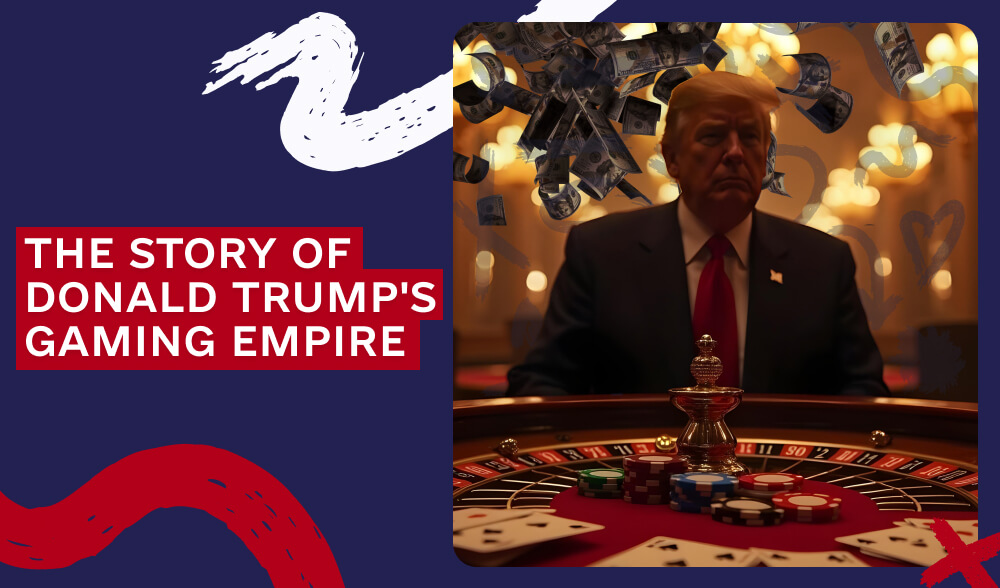
Donald Trump is undoubtedly one of the most controversial and colorful figures in modern American history. Over the past five decades, he has managed to become a billionaire, build a huge casino empire that almost brought him to the brink of bankruptcy, and then returned to the top of the Forbes list. Later, he became the President of the United States, was the first in history to be impeached twice, and recently regained his seat in the Oval Office.
Like it or not, Trump has a significant footprint in American politics and business. Today, through the prism of his gambling business, we’ll take a look at how the controversial politician runs his business.
Many people learned about Donald Trump after he was elected president of the United States in 2016, but in fact, his popularity in the United States grew in the early 70s.
His rise to fame began as a manager in his family’s real estate development company. The first big challenge for the young businessman was the restoration and sale of the Swifton Village residential complex in Cincinnati.
The Fred Trump Organization acquired this complex in the mid-1960s. By the time Donald got involved, the building was in critical condition – only 408 of the 1,200 apartments were occupied. His father, Fred Trump, ironically referred to the property as “my complete disappointment”.
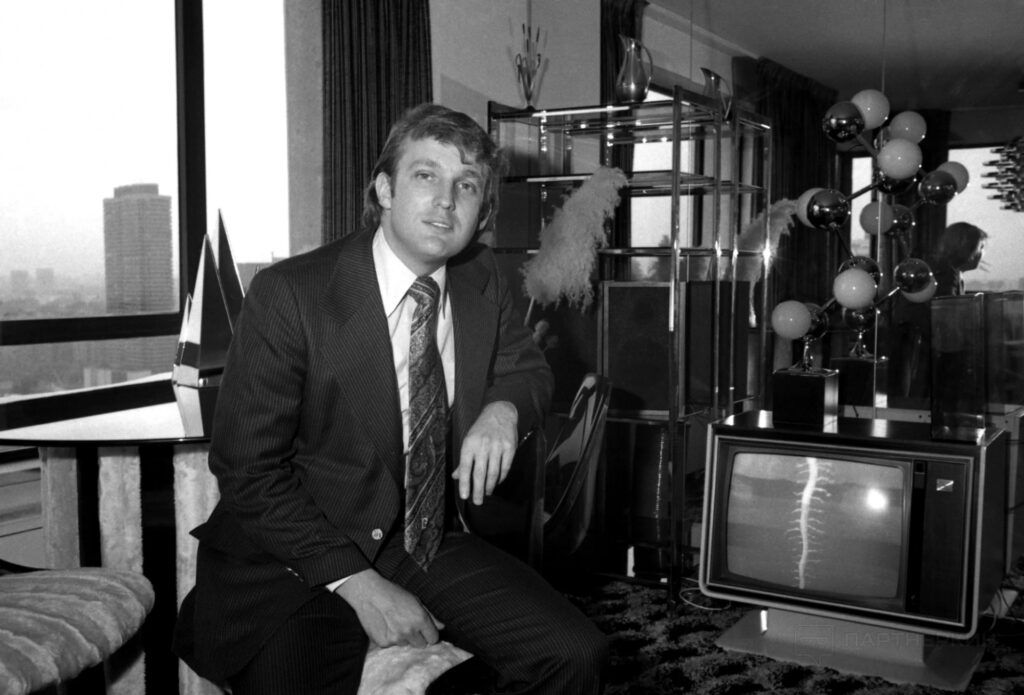
But Trump Jr. managed to breathe new life into this project. In a year, under his leadership, the complex was renovated and sold at a profit. Donald claims that the deal brought in $12 million, with a net profit of $6 million. However, Cincinnati Magazine journalist Greg Hand cites more modest figures – $6.75 million. But even taking into account the fact that the initial cost of the complex was 5.4 million, it is still a profit.
This story is interesting for several reasons:
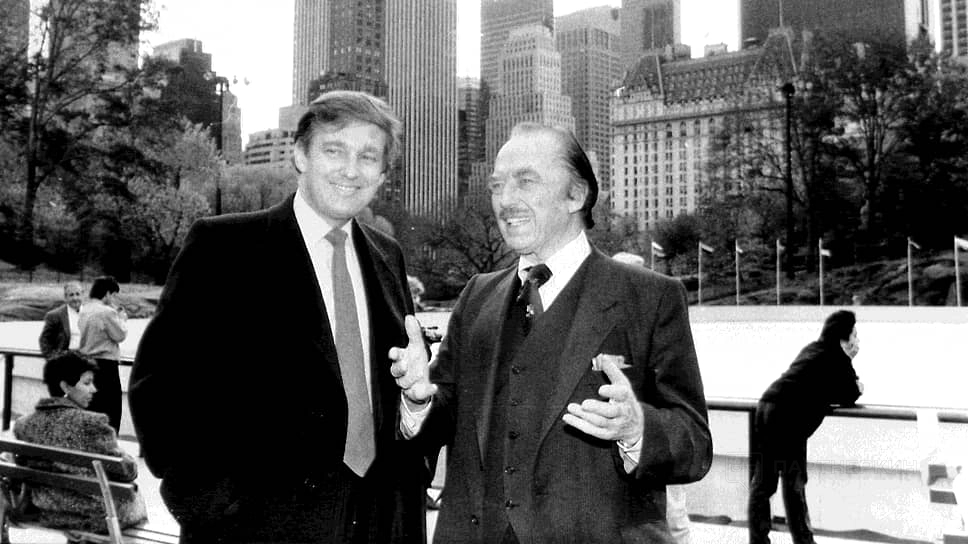
Particular attention should be paid to “positive thinking”. Donald learned this philosophy from his parents since childhood. An unshakable belief in his own success, rightness, and evaluation of each of his decisions as correct became the basis of his worldview.
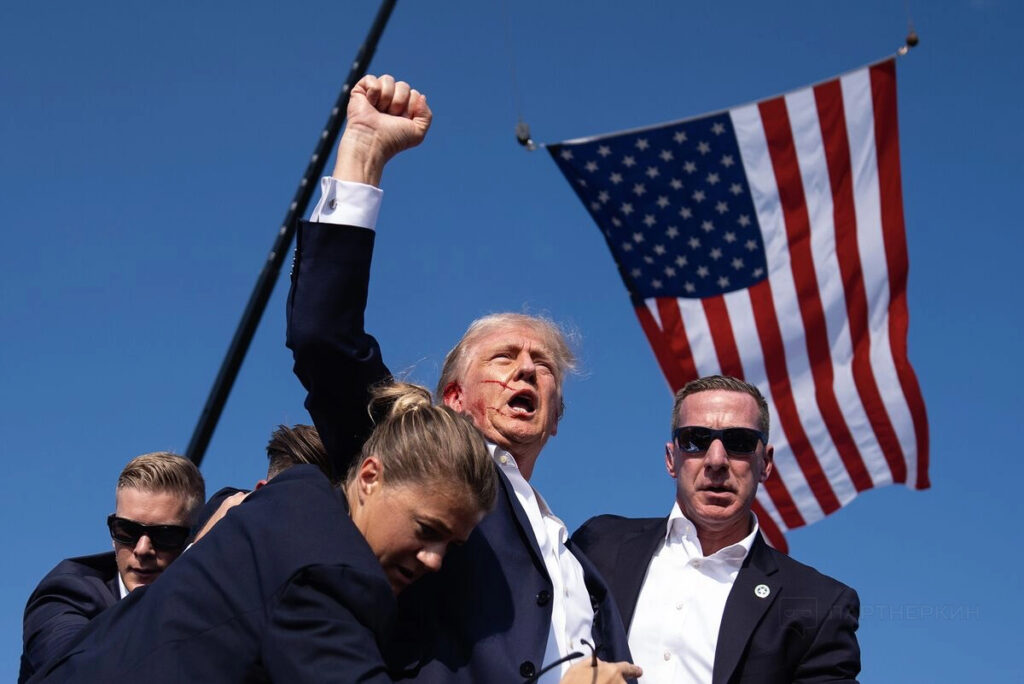
By the way, the theory of positive thinking is popular among American businessmen and politicians. It was adhered to, for example, by Bill Clinton, Apple founder Steve Jobs, and gambling magnate Phil Ruffin.
Trump’s positive thinking is the root of his bold statements, exaggerations, and ambiguous actions. Donald is convinced that all his affairs are doomed to success, even if they are not yet completed.
What happened next? The 70s and 80s were the “golden period” for Trump and his company. He actively strengthened his image by buying the New Jersey Generals football team, the Mar-a-Lago estate, a yacht, and founding a private airline.
In business, he relied on hotels and casinos, symbols of luxury and wealth. But this strategy almost led him to personal bankruptcy and the family business to collapse.
In the early 90s, Trump’s personal debt was about $900 million, and his company The Trump Organization owed creditors almost $4 billion. Read on to find out how Trump got into the gambling business, why it brought his empire to the brink of collapse, and how he emerged victorious.
In the 80s, Trump made a loud start in the casino world. He received a license from the New Jersey State Gambling Control Commission, which allowed him to open his own establishments. Already in 1984, Trump Plaza, the first hotel-casino of the famous businessman, opened its doors in Atlantic City, which was considered the gambling capital of the US East Coast.
Initially, the project was a joint venture with Harrah’s Entertainment, but two years later, Trump bought out their share due to differences in vision. Harrah’s relied on affordable entertainment, while Trump saw his establishments as luxurious places for the wealthy public. Trump Plaza featured 85 VIP suites, a spa area, seven restaurants, and a 750-seat concert hall, with a gaming space of over 5,500 square meters.
In 1985, Trump acquired another hotel-casino in Atlantic City. Previously, it belonged to Hilton, but the company lost its license due to suspicions of mafia ties. Trump quickly took advantage of the situation: he bought the property and renamed it Trump Castle. This complex included 717 rooms, a nightclub, a dance floor for 2000 guests, an auditorium with 462 seats, a 1500-square-meter spa area, and a gaming space of more than 6800 square meters.
Trump’s most famous project is Trump Taj Mahal. In 1988, he bought an unfinished casino for just $237 million and then invested over a billion more to complete the construction. The grand opening took place in 1990. The highlight of the complex was the 11,000-square-meter casino, which is almost as big as one and a half football fields.
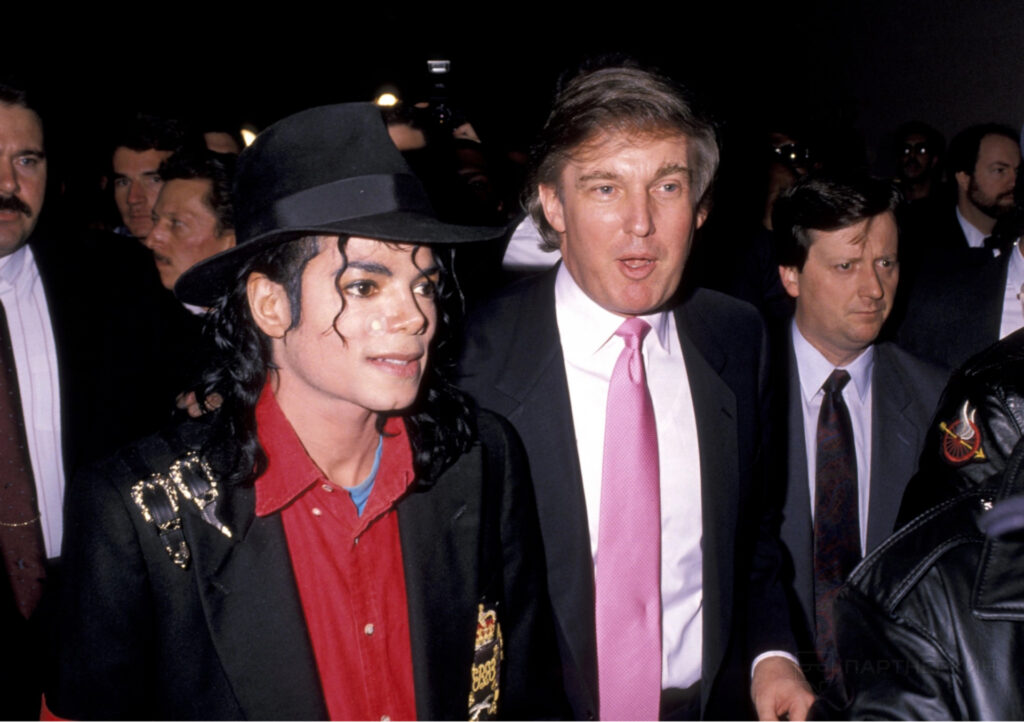
To attract the public, Trump used a win-win strategy: shows and entertainment. His hotels hosted celebrity concerts, after which guests went to the casino. The stages of Trump Castle have seen such legends as Frank Sinatra, Sting, Johnny Cash, Prince, Ray Charles, and Aretha Franklin.
In addition to concerts, the venues hosted stand-ups, MMA fights, and even wrestling. But the real “gold mine” were boxing matches. They allowed Trump to maintain the popularity of his casinos and keep the public’s attention.
Donald Trump and Mike Tyson are unexpected friends, but, strangely enough, their paths crossed. It all started in 1985 when Trump organized his first boxing match at Trump Plaza. It was the same period when Mike Tyson, who later became one of the most famous boxers in history, started to fight in the ring.
While Donald was buying up hotels, Tyson was rapidly rising in boxing, and by 1987 he became the youngest absolute world champion. Then Trump decided to approach him to organize a fight at his hotel. But how to get to the “Most Dangerous Man on the Planet”? Donald found an unusual way – through Tyson’s wife, actress Robin Givens. Mike was head over heels in love with her and would do anything for her. For example, for their first Christmas, he gave her a golden bathtub worth $2.2 million.
Trump approached the matter, as always, cunningly. At one of the parties, he simply asked Robin to dance, not even realizing that Tyson was watching. While the boxer gritted his teeth and apparently thought about how not to drive Trump crazy with one punch, he was actively trying to attract his wife. Promises of astronomical fees and playing on the reputation of Tyson’s team did the trick, and Robin sided with Donald. Mike, despite his iron will, could not resist his wife’s demands. So the boxer agreed to fight Michael Spinks at Trump Plaza.
The fight was a success: the bets were on Tyson, and he justified them. Spinks was on the floor 91 seconds after the fight started. Mike earned $22 million, which was an incredible amount for the time, and Trump, in turn, received $21 million from tickets, advertising, and broadcast rights. Trump’s casino that evening brought in another 15 million.
As soon as he won, Tyson fired his old team and chose Donald Trump as his new promoter. But the relationship between them was not always cloudless: a year later, Mike, jealous, broke into the billionaire’s office, disabled three of his bodyguards and almost strangled Trump himself after learning about his relationship with his wife. A year later, “Iron Mike” unexpectedly lost a fight to Buster Douglas, and this was the beginning of the end of his career.
In 1990, Mike Tyson lost his legendary status. In the same year, the man who ruined his career in two years opened the largest casino in the world – Trump Taj Mahal. Apparently, in order not to offend anyone, this casino filed for bankruptcy a year later. Trump, as we know, invested $1.1 billion in it.
The main part of the construction was paid for with high-interest junk bonds. Donald hoped that the new casino would justify his risky expenses. However, due to the financial crisis and the outbreak of the Gulf War, his hopes were not realized.
By the time of the official opening of Trump Taj Mahal, the total debt of all his casinos in Atlantic City exceeded $700 million. If in 1989, the businessman’s fortune was estimated at 1.5 billion dollars, then in 1990, Trump had “only” 500 million. At the same time, his debt was approaching $4 billion, and his personal debt was about $900 million.
Ironically, the decline of Trump Plaza was largely due to the opening of the largest casino in the world just a few meters away. Thus, the unprofitable Trump Taj Mahal went bankrupt and made Trump Plaza unprofitable as well.
Meanwhile, Trump Castle was supposed to declare bankruptcy back in 1990, but Fred Trump (hello, Daddy) bought $3.5 million worth of chips from his son’s casino, which allowed the institution to prolong its agony for another year.
Since the early 1990s, Donald has been on the verge of collapse. Over the next three years, he transferred controlling stakes in his casinos to banks and private investors in exchange for restructuring and partial debt relief.
Under pressure from creditors, he hired a new CFO for The Trump Organization, whose task was to optimize costs and help pay off huge debts. The businessman lost his soccer team, yachts, airline, and land in Manhattan. He almost had to say goodbye to his Mar-a-Lago estate in Florida, but he managed to avoid it. It was only in 1996 that he was again included in the list of the 400 richest people in the world according to Forbes.
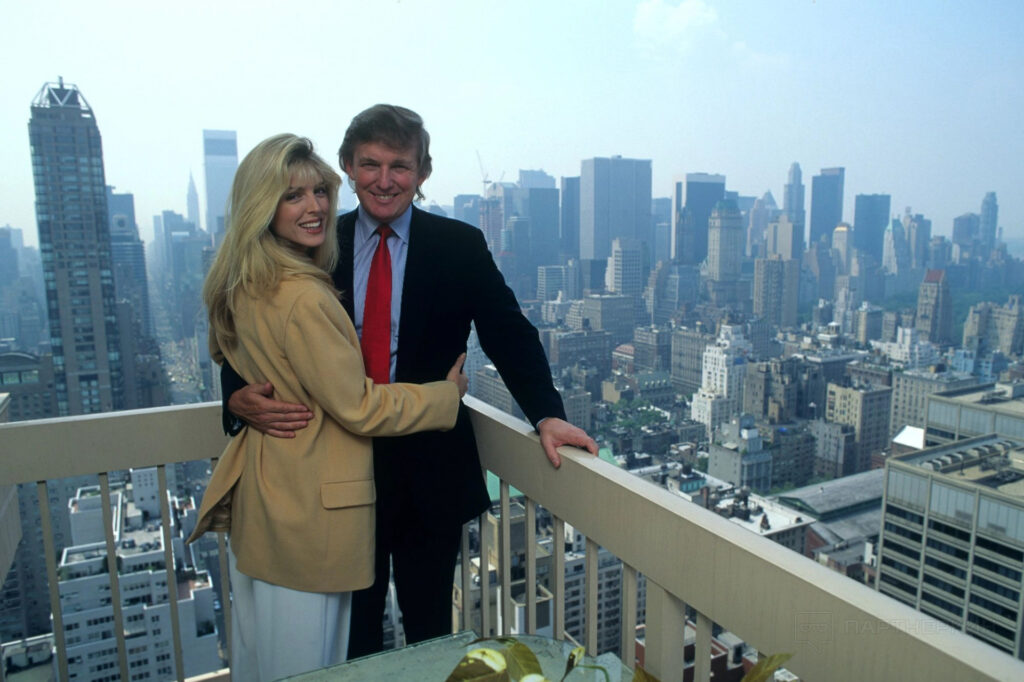
Despite all the difficulties, Trump did not give up his gambling business. He remained the head of all three casinos in Atlantic City and kept shares in each of them.
In 1995, Donald spun off his gambling business into a separate company “Trump Entertainment Resorts”. The following year, the company entered the stock market, and its shares were sold at $35 per share.
But by that time, Trump casinos could no longer compete with other Atlantic City establishments. Over time, they simply became outdated and lost their chic. Competitors offered better conditions for less money, and the billionaire’s company simply did not have free funds to restore and modernize its facilities.
The last nail in the coffin of his gambling empire was driven by Trump himself, who bought out Trump Castle, which had a debt of $375 million. The next attempt to conquer the casino world was the opening of the unprofitable Trump’s World Fair casino in 1996, which closed three years later. Then, the authorities of Michigan and Kansas refused to issue a gambling license to Donald’s company, which marked the end of the businessman’s gambling expansion.
Trump’s last step in the gambling business was the opening of Trump 29 Casino in California in 2000. This casino did not resemble the luxury gambling establishments of the late 80s. It belonged to Native Americans, and the future US president’s participation was limited to the use of his name in the title.
The Trump Plaza Tower finally closed in 2014 and stood empty until 2021, when it was blown up by the city council. Those who wanted to see the destruction of the casino booked parking spots a few days before the dismantling began.
Trump Castle, which was later renamed Trump Marina, was sold in 2011 to Landry’s. Trump Taj Mahal was sold to Hard Rock International in 2017. Trump International Resort declared bankruptcy in 2016, and its remaining assets were sold to Ican Enterprises.
Golf courses replaced casinos in Trump’s business. His company currently owns 19 courses, 11 of which are located in the United States.
It is hard to believe that Trump intends to return to the gambling business. To be honest, he has not been successful in this area, and only his incredible desire to achieve, “positive thinking” and paying off billions of dollars to creditors allowed him to preserve his empire.
Now, at 78 years old, it is unlikely that this gentleman will want to get involved in the casino business again, especially since his schedule as the new President of the United States is very busy.